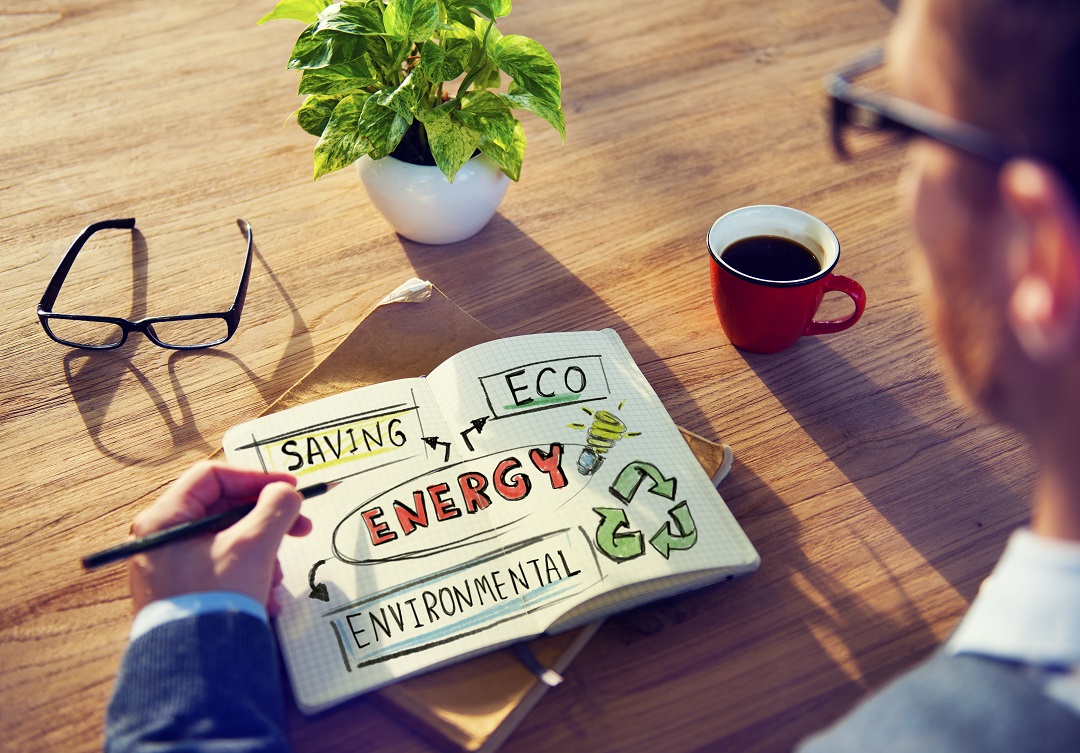
According to different disciplines such as education[1], economics[2], psychology[3]and sociology[4], behaviour could be defined as “the range of actions and mannerisms made by individuals, organisms, systems, or artificial entities in conjunction with themselves or their environment as response to various stimuli or inputs (whether internal or external, conscious or subconscious, overt or covert, and voluntary or involuntary)”.
Change, on the other hand is understood as an act or process through which something becomes different[5]. In this sense, behaviour change is related to any transformation or modification of human behaviour – change on any physical action or observable emotion associated with individuals, or the human race as a whole[6]-.

Understanding the drivers of environmental behaviour has been of interest to researchers for some time, attributing it to many factors such as beliefs, marketing concepts, culture, contextual forces, norms, and social and collective organization of practices among others.[7]
However, despite there are numerous theoretical frameworks that try to display how to promote pro-environmental behaviour (PEB)[8], no single model or theory constitutes an all encompassing framework applicable for every situation[9].

Nonetheless, we decided to collect for you the factors that are reported to boost a positive environmental behaviour in the working place as it could help to develop a strategy at your SME or startup focused on increasing environmental awareness and behavioural change[10],[11],[12]:
- Strong and progressive leadership can heavily cultivate an atmosphere in which acting in an environmentally friendly manner is natural and commonplace.
- Social subjective norms. The perceived social pressure to engage in a behaviour is one of the most powerful tools. Stating for instance, that "most people" do a specific thing or have certain attitude, has been used frequently do to its success rather than one describing the environmental benefits
- Positive reinforcement techniques rather than imposing mandatory policies, is used successfully by some companies achieving employees encouragement where even workplace sustainability programs initiatives were voluntarily developed and run by the employees themselves.
- Peer-to-peer learning as a method of spreading PEBs encourages employees to practice this behaviour promoting the associated desirable attitudes across the organisation through their ongoing interactions.
- Utilisation of communication tools. Effective communication can be key to achieving behaviour change. There is a wide range of online and offline communication tools to choose from, from email and dedicated websites to team meetings, prompts (such as visual reminders asking people to ‘switch off) and posters, such as those calling for employees to take specific actions
You can also become a green office!

[1] Lyyn C., 2014. ”The successful story of strategies incorporated in one alternative school for the success of special education students”. M.A. Education Thesis. California State university San Marcos.
[2] Minton & Khale, 2014. ”Belief Systems, Religion, and Behavioral Economics: Marketing in Multicultural Environments”. Business Expert Press. 200p.
[3] Malott, R. 2016.”Principles of Behaviour”.
[4] Thompson EW. 2016. ”Society in Focus: An Introduction to Sociology”.
[7] Spehr & Curnow. 2011. ”What are the best theories of environmental behaviour change?”. Community Change – Behaviour Environment Research Education.
[8] Kollmuss & Agyeman. 2010, ”Mind the Gap: Why do people act environmentally and what are the barriers to pro-environmental behavior?”. Environmental Education Research. Taylor & Francis Online.
[9] Spehr & Curnow. 2011. ”What are the best theories of environmental behaviour change?”. Community Change – Behaviour Environment Research Education.
[10] Loverock & Newell. 2012. ”Pro-environmental Behaviours in the Workplace: Driving Social Change”. Interactive Case Studies in Sustainable Community Development.
[11] Rukhsana, A. 2013.”Four ways to achieve energy efficiency through behaviour change”.
[12] Cummins, J. 2014. ”Ten things we learnt about behaviour change and sustainability”. The Guardian.
